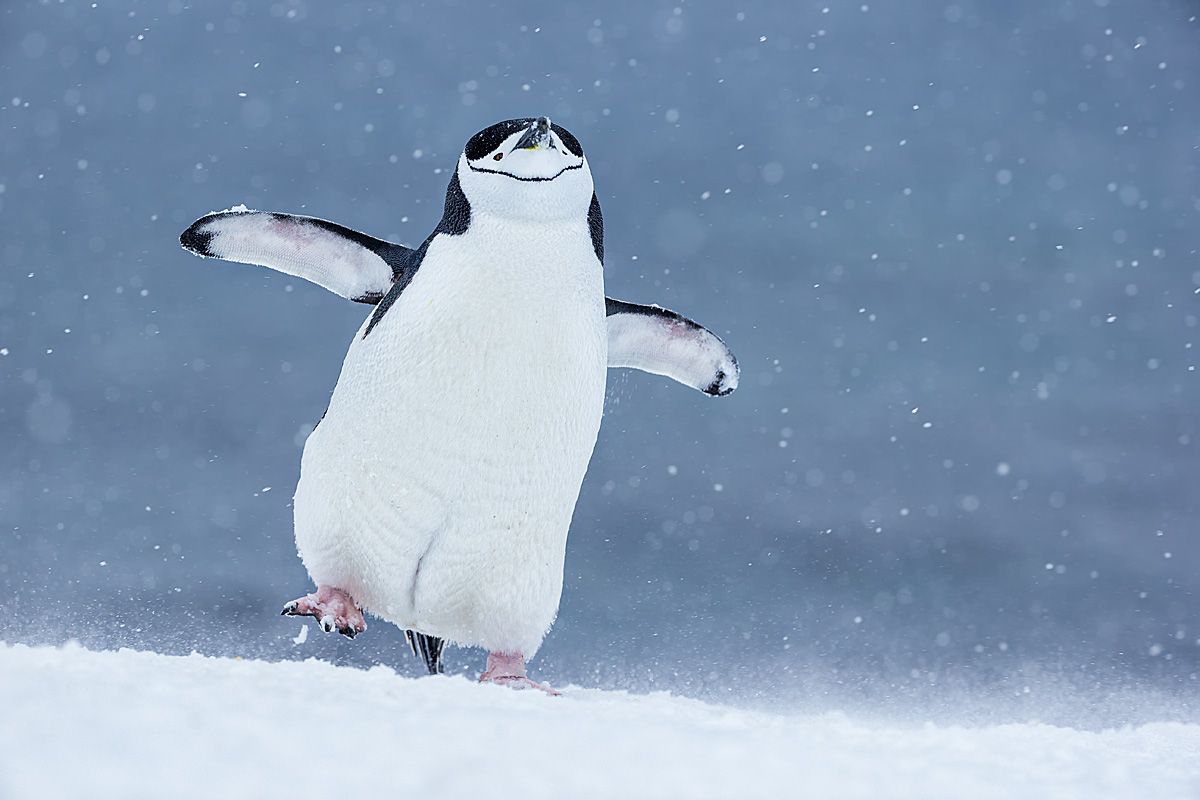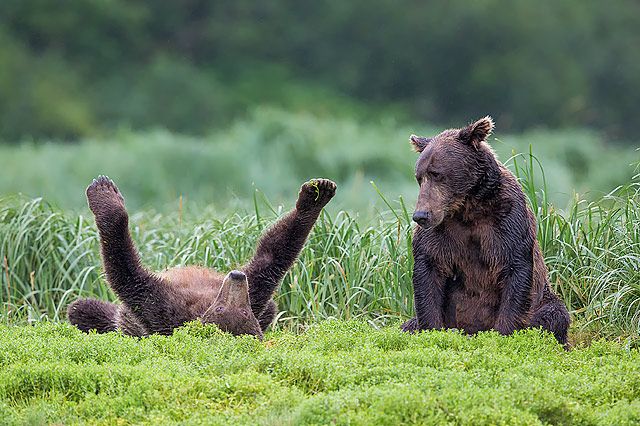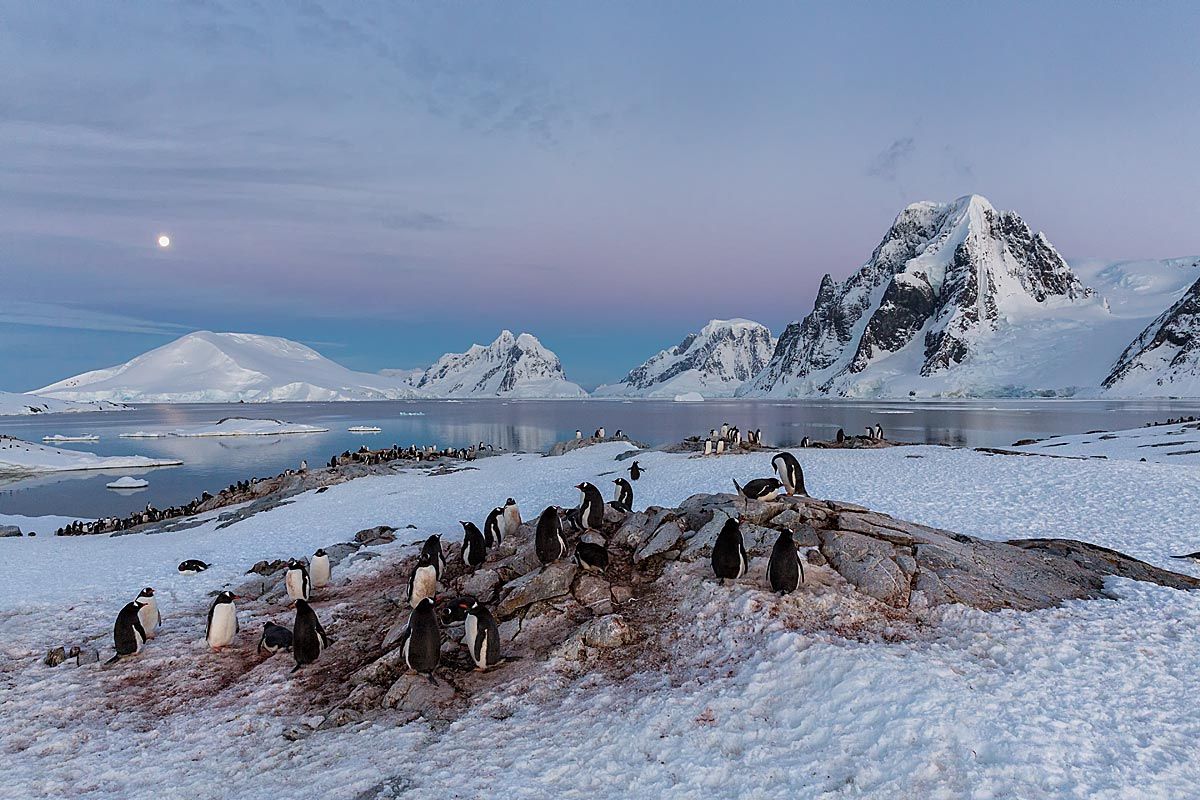Since 2012 I have been entering images in major nature photography competitions just for fun to see how my images would hold up against photographers from around the globe. The average quality of the images entered is pretty high, so it is not easy to float to the top in the judging process. The images are judged in different rounds based on image quality, composition, artistic innovation and subject attractiveness. A small selection of the images entered, which could be as high as 20,000 - 40,000 from over 100 different countries, make it into the final round of judging. From this point onwards the judging becomes very subjective as all the images in the final round are great and technically perfect. To win or become highly-honored with an image is quite an achievement, and it also helps to share your images with millions of people around the globe, as a lot of publicity is created by the major competitions with websites, special edition books and magazines and even exhibitions in leading natural history museums. It all creates awareness of what is going on in our natural world and focuses on the beauty of nature in contrast to the ever increasing human footprint and environmental challenges that lay ahead of us.
In 2014 I entered in Wildlife Photographer of the Year competition from the Natural History Museum, the Windland Smith Rice International Awards "Nature's Best" and the Birds As Art 2nd International Bird Photographers Competition. With 11 images in the final round of the Birds As Art 2nd International Bird Photographers Competition, 6 images in the finals of Nature's Best and 7 images in the finals of Wildlife Photographer of the Year, I had high hopes of making it to the final selection of winners. It was a great surprise to hear that I had won the Grand Prize and a 3rd place in the Birds As Art 2nd International Bird Photographers Competition, and that two of my images became highly-honered in the Animal Antics category of Nature's Best. You can click on the link to see the other winning images: Birds As Art 2nd International Bird Photographers Competition




